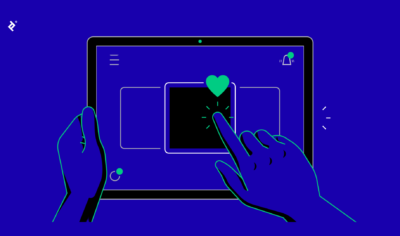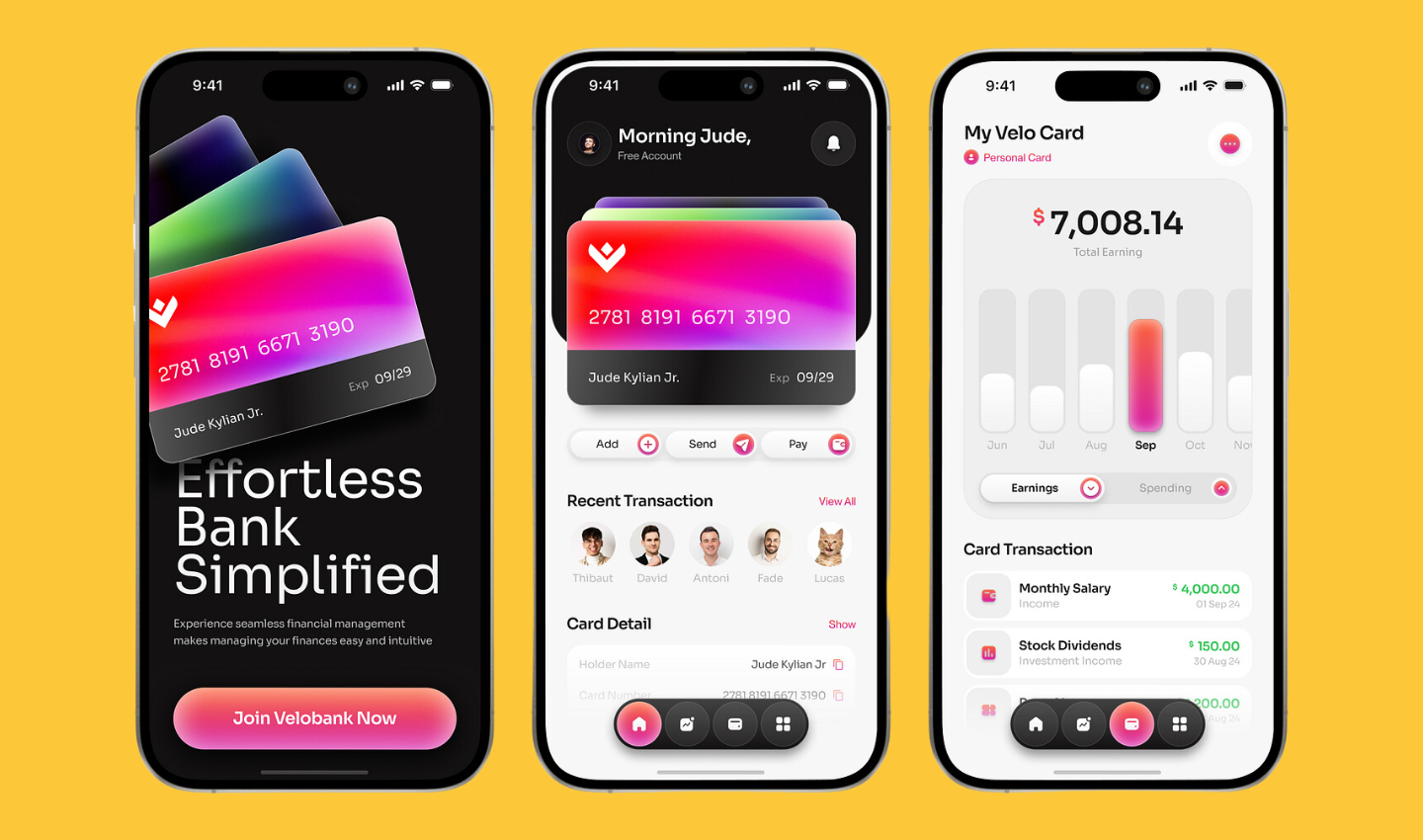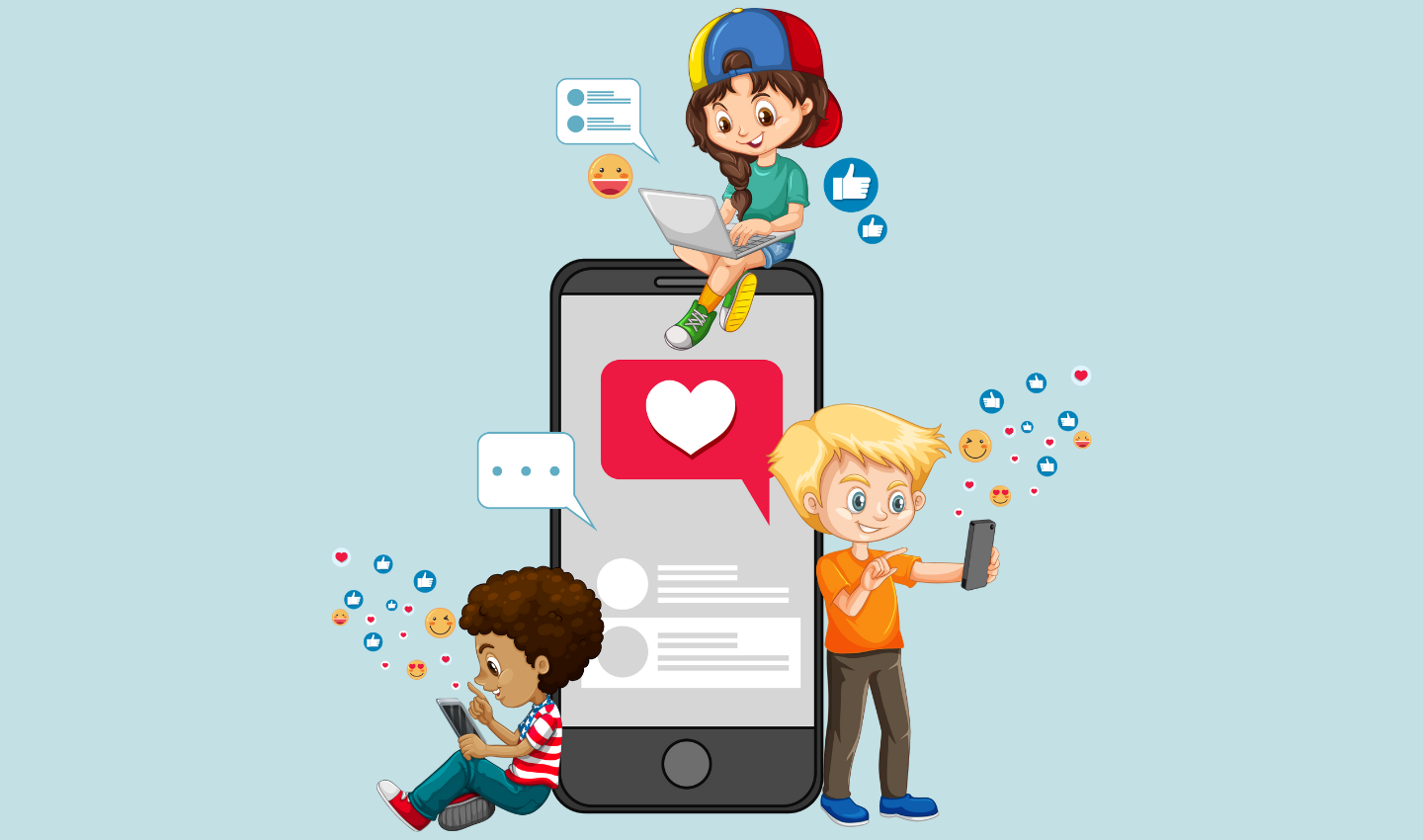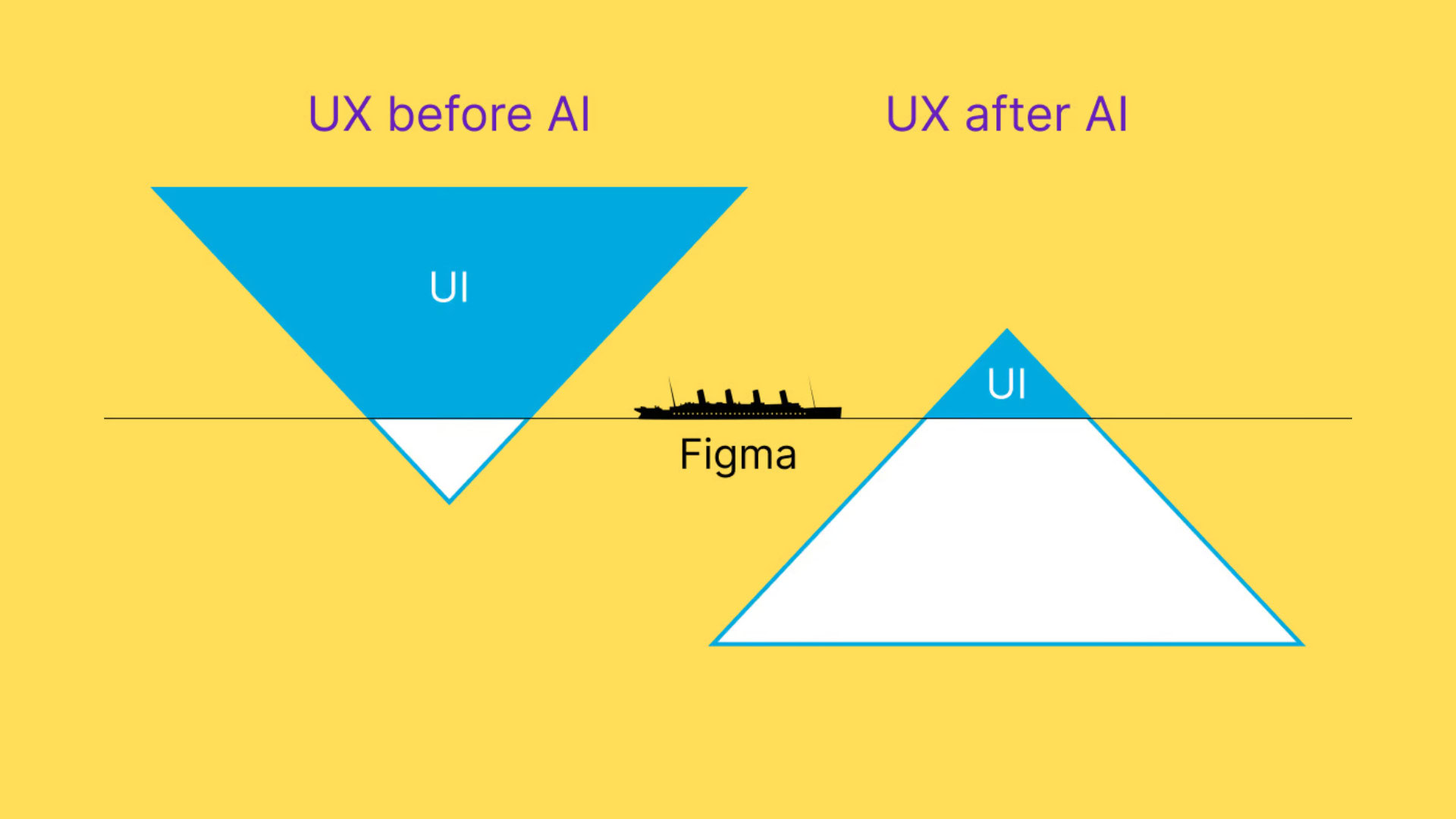
AI Is Flipping UX Upside Down: Navigating the New Era of Design
The world of UX/UI design is experiencing an unprecedented shake-up. Artificial Intelligence (AI) is radically reshaping traditional UX practices, prompting us to reconsider the very foundations of user interaction. Historically, the focus has been squarely on interfaces, what users visually interact with. However, AI-first systems are increasingly eliminating the need for complex user interfaces, calling into question the future of design tools like Figma.
For UX professionals, this evolution demands adaptability and foresight. Those who embrace the AI-driven paradigm will not just survive but thrive, while others risk obsolescence.
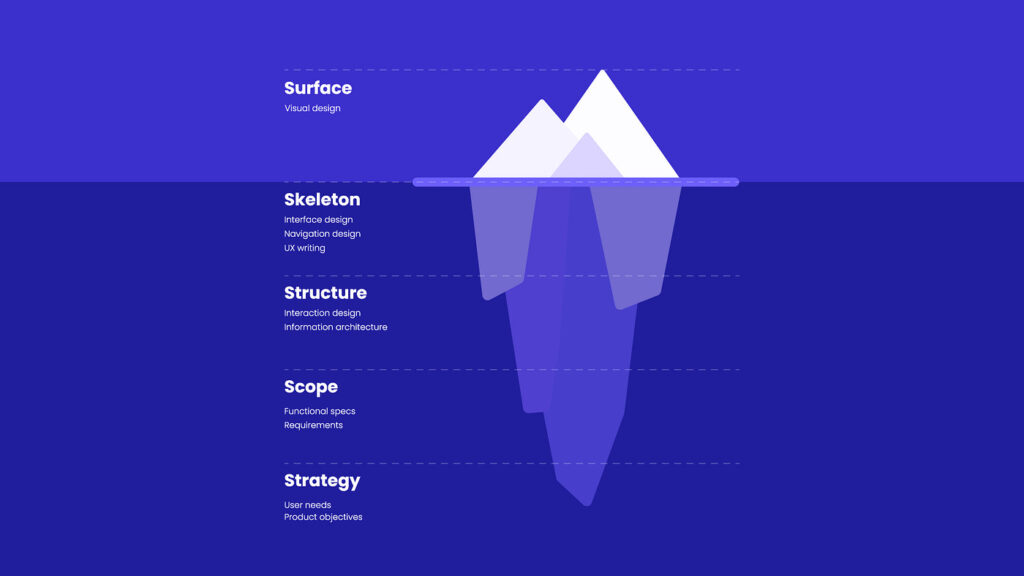
Table of Contents
I: The Iceberg UX Model – Redefining User Experience
Traditionally, UX was synonymous with UI. The visual and interactive layer through which users engage with digital products. Designers devoted substantial effort to crafting aesthetically pleasing interfaces with intuitive layouts, focusing heavily on pixel-perfect details. For instance, meticulous attention was given to color schemes, button placements, and navigation flows to enhance usability.
Emergence of AI-First Systems
Today, AI-driven interfaces challenge this visual-centric approach. Modern AI systems like ChatGPT, Amazon’s Alexa, or Google’s Bard prioritize seamless interaction and function through conversational or predictive mechanisms. The UI becomes minimalist or even invisible, drastically altering the conventional role of visual design.
The Iceberg Analogy
Consider the “Iceberg UX Model” where traditional UI is merely the tip of the iceberg, visible above water. Beneath lies a vast expanse of unseen yet critical interactions and decisions handled by AI. For example, Netflix’s recommendation system operates largely unseen, enhancing user experience far beyond mere visual interaction by predicting and suggesting personalized content.
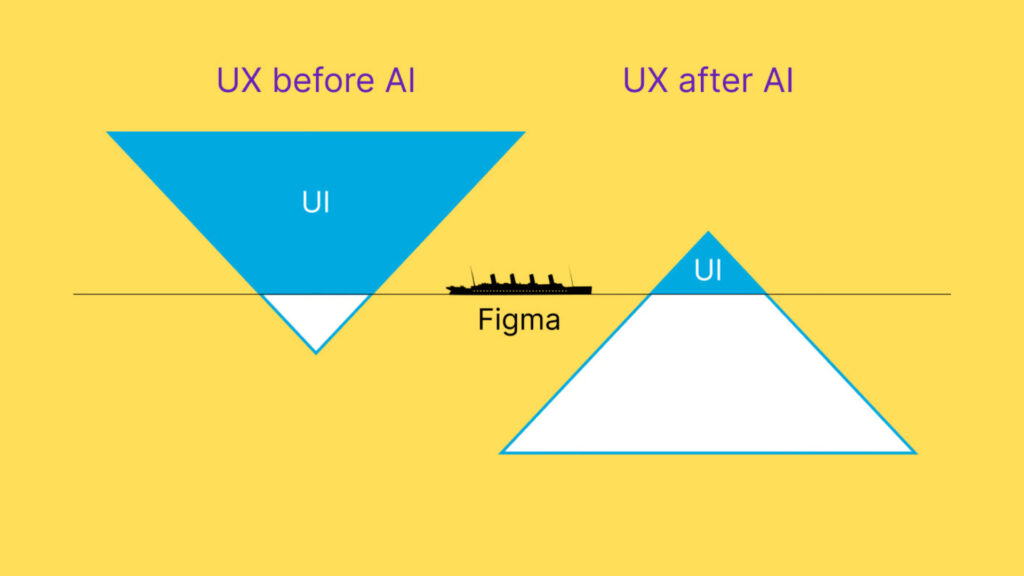
II: The Decline of Traditional UI Tools
Tools like Figma, Adobe XD, and Sketch excel at crafting detailed visual interfaces. However, as AI simplifies or eliminates visual complexity, the value of pixel-perfect precision diminishes. Imagine spending hours fine-tuning button aesthetics when an AI-powered chatbot effortlessly guides users through their needs via text or voice.
AI’s Role in Interface Generation
Emerging tools like Uizard or Google’s Material You leverage AI to instantly generate interfaces from simple prompts or sketches. A designer can merely describe a layout, and AI produces viable, aesthetically coherent designs in seconds, significantly reducing manual labor and time.
The Titanic Metaphor
Figma, beloved by designers worldwide, risks becoming a “Titanic”: grand but doomed by changing tides. Its reliance on traditional UI creation methods could soon render it obsolete if it fails to evolve in an AI-centric direction.
III: Evolving Roles and Skills for UX Professionals
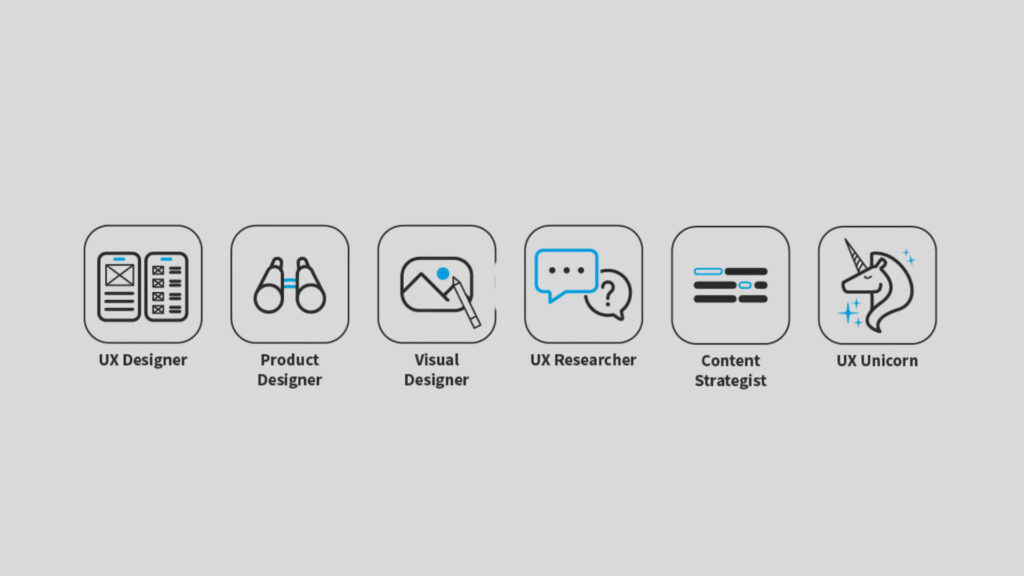
As visual interface importance wanes, UX roles shift toward strategic integration of AI technologies. UX professionals now need broader capabilities, understanding the entire experience ecosystem which is beyond screens encompassing voice, conversational AI, predictive analytics, and seamless integration.
Essential Skills in the AI Era:
Today’s UX professionals must acquire skills such as prompt engineering, interpreting AI-driven analytics, and optimizing interactions with predictive systems. A UX designer adept at prompting AI tools to generate user-friendly content or solutions becomes invaluable in this landscape.
Consider the case of Spotify. The UX team doesn’t just design interfaces but actively works with AI to refine personalized playlist recommendations, enhancing user satisfaction beyond visual elements.
Avoiding Obsolescence:
Ignoring AI advancements is perilous. Designers rigidly sticking to traditional methods risk becoming irrelevant as companies increasingly favor agile, AI-integrated approaches for speed, personalization, and cost-efficiency.
IV: Strategies for Adapting to AI-Driven UX
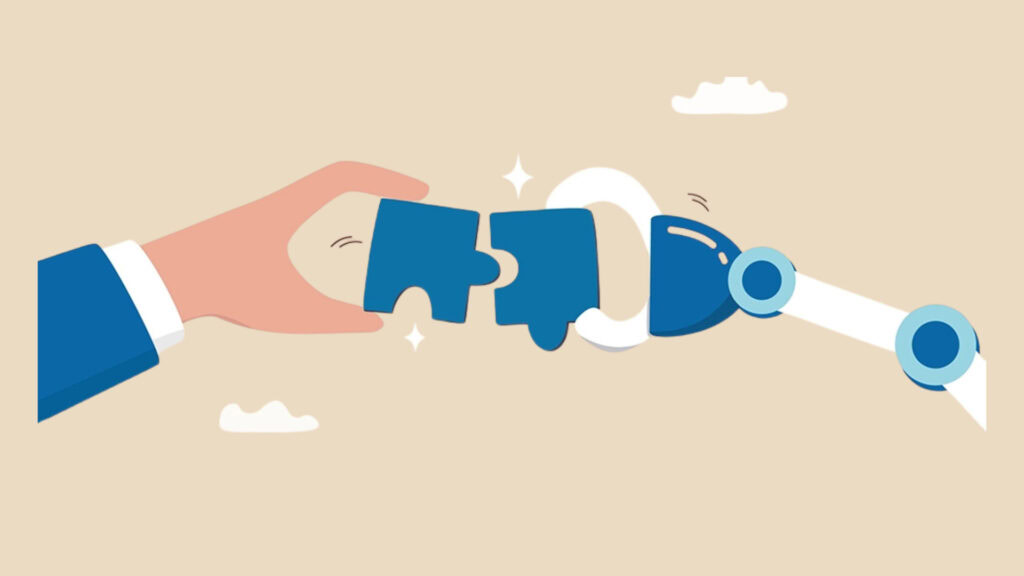
Designers should approach AI as a collaborative partner rather than a replacement. AI can handle repetitive, routine design tasks, freeing designers to concentrate on complex problem-solving, innovation, and high-level strategy.
For instance, Adobe’s Firefly integrates AI capabilities into familiar design workflows, allowing designers to automate routine processes and rapidly prototype creative ideas.
Continuous Learning and Adaptation:
Continuous education and awareness of emerging AI technologies are critical. Designers should actively engage in online courses, workshops, and communities discussing AI-driven UX developments.
Platforms like Coursera, Udemy, and Google’s own AI educational resources offer excellent entry points for designers to upskill swiftly and effectively.
Fostering a Growth Mindset:
Adaptability and openness to innovation are essential attitudes. UX designers should cultivate a growth mindset, seeing AI not as a threat but as an exciting frontier, ripe with potential to revolutionize user experiences positively.
Conclusion: Embracing the Future of UX Design
AI’s transformative impact on UX design cannot be overstated. Traditional visual interfaces and tools like Figma may diminish in relevance, but the opportunities this shift presents are enormous for those ready to adapt.
To remain relevant and thrive, UX professionals must prioritize strategic thinking, continuous learning, and proactive AI collaboration. This is not just a challenge but an invitation to redefine what UX can achieve.
Let’s embrace this new era together. Share your experiences with AI-driven UX design and join the conversation as we navigate this exciting future.
Take your company to the next level and get results with our world class user experience, interface design and implementation.
Get a FREE 30 min Strategy Session
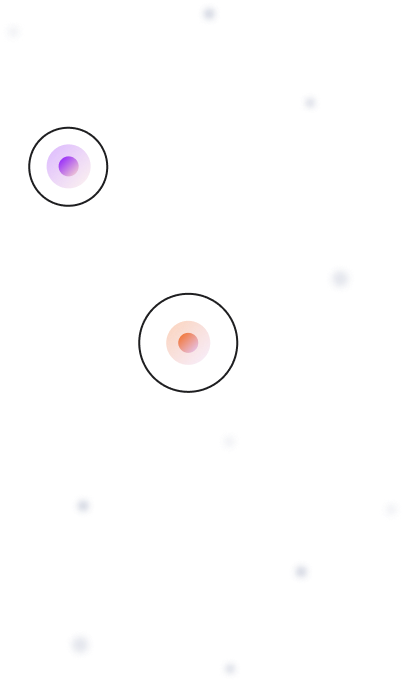
Related posts
Transforming Banking UX with AI
The banking industry is experiencing a dramatic transformation as artificial intelligence (AI) revolutionizes how financial institutions deliver services and interact […]
Unveiling the Magic: A Deep Dive into Snapchat’s UI Design Strategies
Snapchat has taken the world by storm with its unique and innovative user interface (UI) design. But what exactly lies […]
Designing UX for Younger Generations: Strategies to Create Engaging User Experiences
Designing UX for Younger Generations is both a challenge and an opportunity for modern designers. These digital natives, encompassing Generation […]
Creative product design that gets results
Take your company to the next level with world class user experience and interface design.
get a free strategy session
